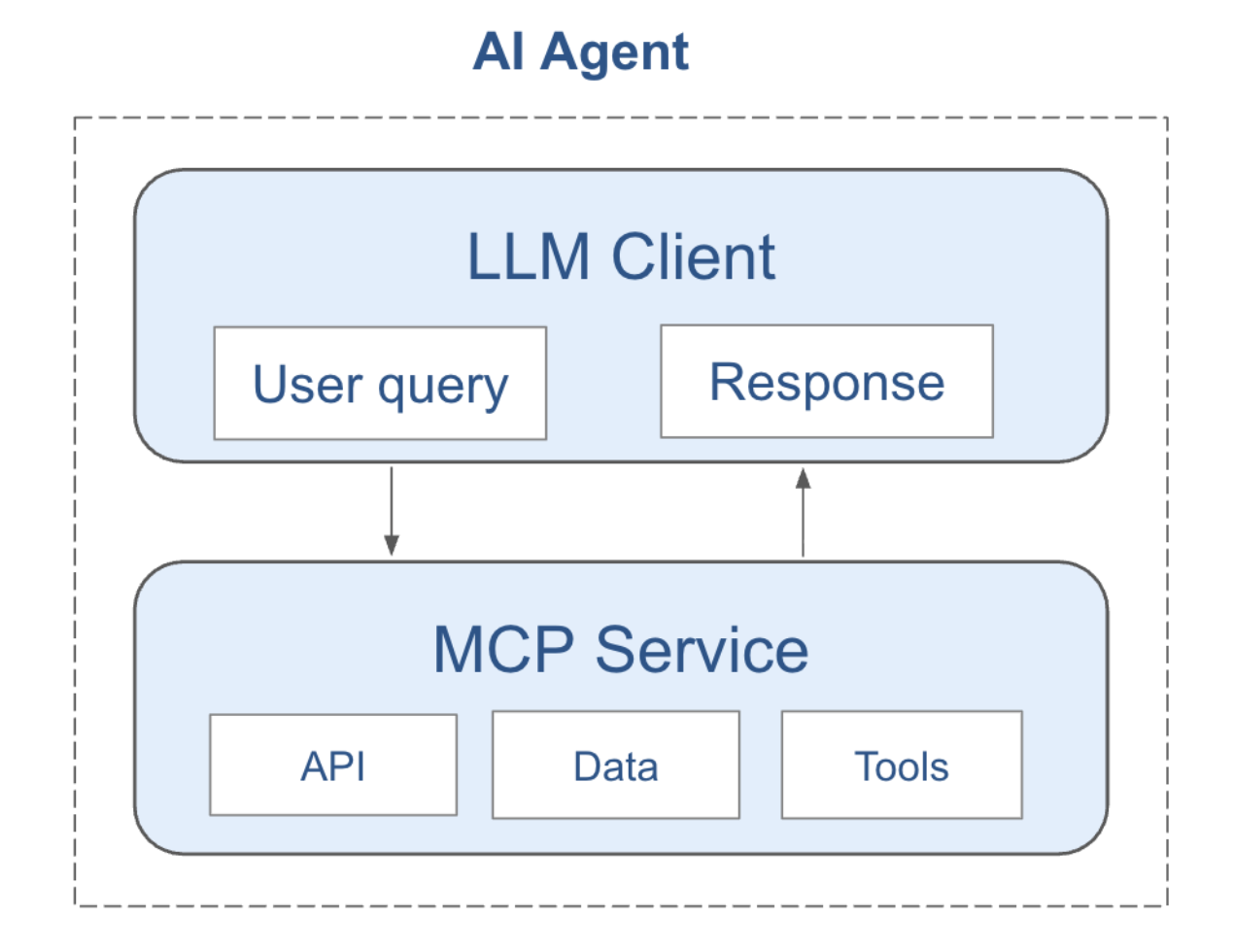
October 15, 2023
October 15, 2023
Drought or Deluge, Fire or Flood?

The National Academies of Sciences recently released a consensus report, “A Vision for NSF Earth Sciences 2020-2030: Earth in Time (2020)”, that lists a dozen highest-priority questions about the Earth, many dealing with the long-term evolution of the planet. One of the questions is: “How is Earth’s water cycle changing?” Given the report’s audience (the Earth sciences division of NSF), the focus of this question is mainly terrestrial hydrology. To quote the text: “Of particular interest are the ways in which climate change will affect the nature and frequency of extreme events like droughts, floods, and fires, and the concomitant impacts on human populations.”
While this emphasis is understandable, given the terrestrial focus of the report, it is also unfortunate in that it fails to outline a truly comprehensive approach to answering that question. Crucially, the water cycle includes the oceans, atmosphere and cryosphere, as well as the water reservoirs on land. In fact, the only net source regions of water for the atmosphere and land are the subtropical ocean gyres where evaporation exceeds precipitation. The tropical oceans, the high latitude oceans and the land all are net import regions of water where precipitation dominates over evaporation. The total evaporation from the oceans exceeds the flow of all rivers by a factor of ten – the oceans are where we must look for a change in the water cycle. The terrestrial water cycle has also been greatly modified by humanity, with dammed rivers, depletion of ancient aquifers by ground water extraction for irrigation, and diversion from rivers for power plant cooling and municipal water consumption. Oceanographers already have clean answers to the, “How is Earth’s water cycle changing?” question, and those answers have significant consequences for terrestrial water supplies.
In questioning why we expect the water cycle to change, the answer lies in a fundamental property of the water molecule itself. That is, its ability to mobilize from a liquid to a gaseous state is a strong function of temperature, displaying an exponential increase in vapor pressure with increasing temperature. (Figure 1). With 97% of the planet’s water, and accounting for 87% of global evaporation and 78% of precipitation, the oceans clearly dominate the water cycle. And within the oceans, the subtropical high-pressure systems are where there is a net export of water vapor to other parts of the ocean and onto land.

Every part of the ocean and land also recycles its moisture, since it does not travel far in the atmosphere, but the net export of water in any region is the difference between evaporation and precipitation. And only under the subtropical highs does evaporation exceed precipitation in the mean scenario. Net evaporation makes the ocean saltier; net precipitation makes it fresher. So, we see pronounced variations in the oceans’ surface salinity: it’s saltiest under the subtropical high-pressure systems, and freshest under the Intertropical convergence zones, the high latitudes and near coasts (where rivers enter the ocean). Over the past 60 years, many oceanographers have documented a distinct increase in the contrasts between the salty and fresh areas of the oceans. The salty regions have gotten saltier, the fresh regions fresher (Durack and Wijffles, 2010).
There is no doubt that the water cycle is intensifying with global warming. This is often stated as, “the wet get wetter and the dry get dryer,” but the patterns could also still shift. And the nature of rainfall may change, with fewer, more intense downpours that can lead to flash flooding from the greater moisture content of a warmer atmosphere. Similarly, droughts on land can be more intense and last longer; dry soils can become quite hot under strong sunshine because they lack moisture that can convert that solar energy into the latent heat of evaporation.

What we’re building now is the critically important long-range forecasting system that will allow humans to adapt, survive and thrive in the changing climate. Whether any particular region is in for fire or flood in the future is a question that we at Salient Predictions are well-equipped to answer. Our seasonal predictions for temperature and precipitation on land are the best in the world, combining new insights into the dominant role of the oceans in the climate system with the latest machine learning techniques to bring greater certainty to the critical decisions facing us in our changing world. Our long-range forecasts can help target optimal outcomes and risk reduction in agriculture, energy, insurance, finance, emergency response, water systems, resort management, retail and beyond. Reach out to Salient (info@salientpredictions.com)and we’ll help you plan.
But, to return to the National Academy report where we began: the framing of the question is, unfortunately, all too typical of the “siloed” approach to the water cycle that plagues our research enterprises in the US. That is, every discipline concerned with the water cycle (hydrology, meteorology, oceanography and cryology) has its own separate funding streams and program managers at the research agencies (NSF, NASA, NOAA, USGS, etc.), and there is no simple incentive for those researchers to take a wholistic approach to understanding the water cycle. Thus, hydrologists, for example, tend to ignore the ocean source waters for their rain, and so miss out on the tremendous predictive capabilities that we have discovered in the variations in ocean properties. After many decades of frustration with the disciplinary siloes that inhibit progress on our understanding the water cycle, I am now building Salient Predictions so that we can provide a vehicle for the public to get what it really needs from our scientific advances.
October 15, 2023
October 15, 2023
Drought or Deluge, Fire or Flood?

The National Academies of Sciences recently released a consensus report, “A Vision for NSF Earth Sciences 2020-2030: Earth in Time (2020)”, that lists a dozen highest-priority questions about the Earth, many dealing with the long-term evolution of the planet. One of the questions is: “How is Earth’s water cycle changing?” Given the report’s audience (the Earth sciences division of NSF), the focus of this question is mainly terrestrial hydrology. To quote the text: “Of particular interest are the ways in which climate change will affect the nature and frequency of extreme events like droughts, floods, and fires, and the concomitant impacts on human populations.”
While this emphasis is understandable, given the terrestrial focus of the report, it is also unfortunate in that it fails to outline a truly comprehensive approach to answering that question. Crucially, the water cycle includes the oceans, atmosphere and cryosphere, as well as the water reservoirs on land. In fact, the only net source regions of water for the atmosphere and land are the subtropical ocean gyres where evaporation exceeds precipitation. The tropical oceans, the high latitude oceans and the land all are net import regions of water where precipitation dominates over evaporation. The total evaporation from the oceans exceeds the flow of all rivers by a factor of ten – the oceans are where we must look for a change in the water cycle. The terrestrial water cycle has also been greatly modified by humanity, with dammed rivers, depletion of ancient aquifers by ground water extraction for irrigation, and diversion from rivers for power plant cooling and municipal water consumption. Oceanographers already have clean answers to the, “How is Earth’s water cycle changing?” question, and those answers have significant consequences for terrestrial water supplies.
In questioning why we expect the water cycle to change, the answer lies in a fundamental property of the water molecule itself. That is, its ability to mobilize from a liquid to a gaseous state is a strong function of temperature, displaying an exponential increase in vapor pressure with increasing temperature. (Figure 1). With 97% of the planet’s water, and accounting for 87% of global evaporation and 78% of precipitation, the oceans clearly dominate the water cycle. And within the oceans, the subtropical high-pressure systems are where there is a net export of water vapor to other parts of the ocean and onto land.

Every part of the ocean and land also recycles its moisture, since it does not travel far in the atmosphere, but the net export of water in any region is the difference between evaporation and precipitation. And only under the subtropical highs does evaporation exceed precipitation in the mean scenario. Net evaporation makes the ocean saltier; net precipitation makes it fresher. So, we see pronounced variations in the oceans’ surface salinity: it’s saltiest under the subtropical high-pressure systems, and freshest under the Intertropical convergence zones, the high latitudes and near coasts (where rivers enter the ocean). Over the past 60 years, many oceanographers have documented a distinct increase in the contrasts between the salty and fresh areas of the oceans. The salty regions have gotten saltier, the fresh regions fresher (Durack and Wijffles, 2010).
There is no doubt that the water cycle is intensifying with global warming. This is often stated as, “the wet get wetter and the dry get dryer,” but the patterns could also still shift. And the nature of rainfall may change, with fewer, more intense downpours that can lead to flash flooding from the greater moisture content of a warmer atmosphere. Similarly, droughts on land can be more intense and last longer; dry soils can become quite hot under strong sunshine because they lack moisture that can convert that solar energy into the latent heat of evaporation.

What we’re building now is the critically important long-range forecasting system that will allow humans to adapt, survive and thrive in the changing climate. Whether any particular region is in for fire or flood in the future is a question that we at Salient Predictions are well-equipped to answer. Our seasonal predictions for temperature and precipitation on land are the best in the world, combining new insights into the dominant role of the oceans in the climate system with the latest machine learning techniques to bring greater certainty to the critical decisions facing us in our changing world. Our long-range forecasts can help target optimal outcomes and risk reduction in agriculture, energy, insurance, finance, emergency response, water systems, resort management, retail and beyond. Reach out to Salient (info@salientpredictions.com)and we’ll help you plan.
But, to return to the National Academy report where we began: the framing of the question is, unfortunately, all too typical of the “siloed” approach to the water cycle that plagues our research enterprises in the US. That is, every discipline concerned with the water cycle (hydrology, meteorology, oceanography and cryology) has its own separate funding streams and program managers at the research agencies (NSF, NASA, NOAA, USGS, etc.), and there is no simple incentive for those researchers to take a wholistic approach to understanding the water cycle. Thus, hydrologists, for example, tend to ignore the ocean source waters for their rain, and so miss out on the tremendous predictive capabilities that we have discovered in the variations in ocean properties. After many decades of frustration with the disciplinary siloes that inhibit progress on our understanding the water cycle, I am now building Salient Predictions so that we can provide a vehicle for the public to get what it really needs from our scientific advances.
About Salient
Salient combines ocean and land-surface data with machine learning and climate expertise to deliver accurate and reliable subseasonal-to-seasonal weather forecasts and industry insights—two to 52 weeks in advance. Bringing together leading experts in physical oceanography, climatology and the global water cycle, machine learning, and AI, Salient helps enterprise clients improve resiliency, increase preparedness, and make better decisions in the face of a rapidly changing climate. Learn more at www.salientpredictions.com and follow on LinkedIn and X.



